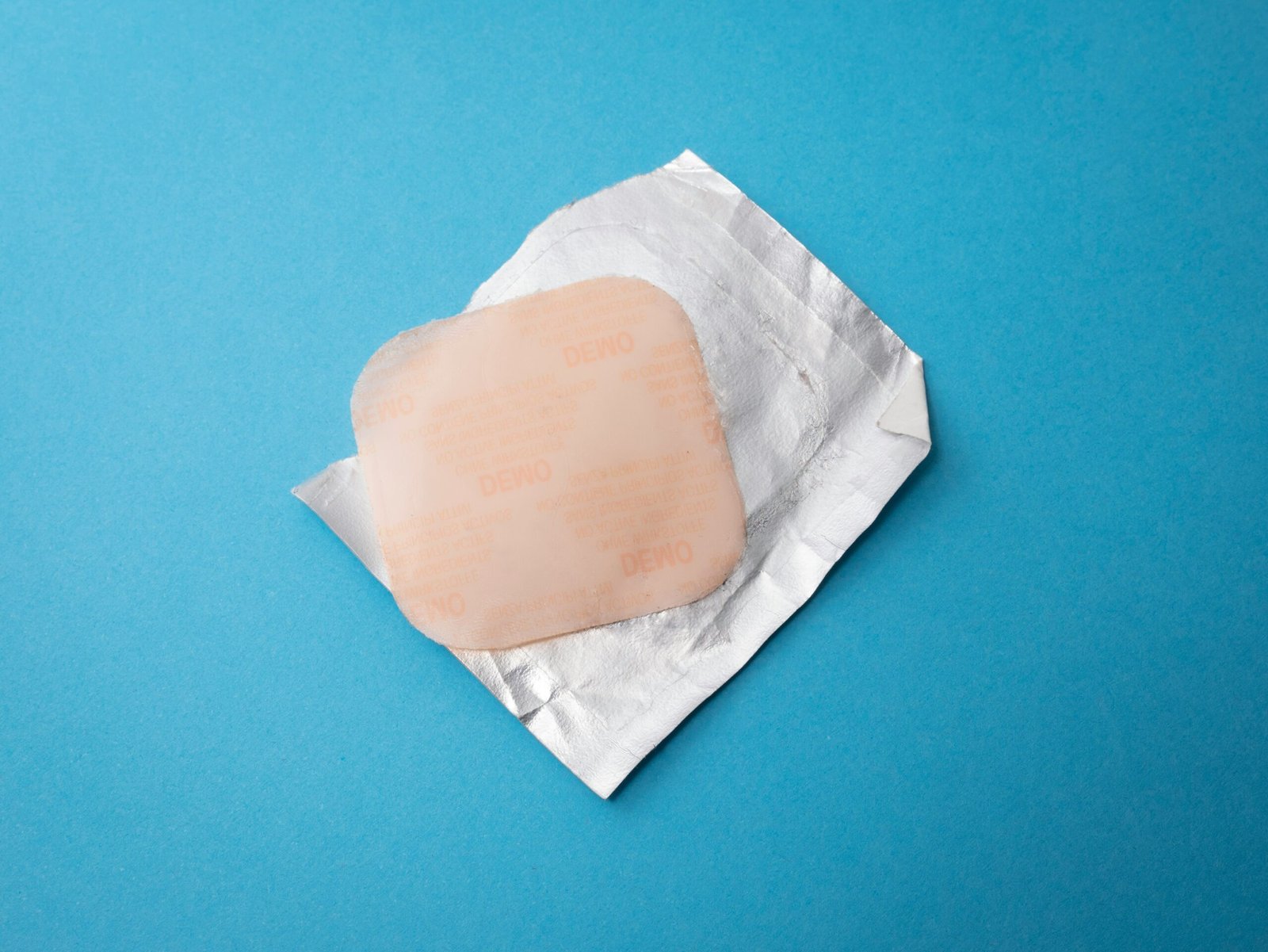Understanding Contraceptive Patches
Contraceptive patches are a convenient and effective method of birth control for many women. These patches are applied to the skin and release hormones that prevent ovulation, thus preventing pregnancy. In this article, we will explore how contraceptive patches work, their benefits, and potential side effects.
How Do Contraceptive Patches Work?
Contraceptive patches work by delivering a controlled dose of hormones through the skin. The most common type of contraceptive patch contains both estrogen and progestin, which are synthetic versions of the hormones naturally produced by a woman’s body. These hormones prevent the ovaries from releasing eggs, thereby inhibiting ovulation.
When applied correctly, contraceptive patches are highly effective in preventing pregnancy. They have a failure rate of less than 1% when used consistently and correctly. However, it’s important to note that contraceptive patches do not protect against sexually transmitted infections (STIs), so additional methods of protection may be necessary.
Benefits of Contraceptive Patches
Contraceptive patches offer several benefits that make them a popular choice among women:
- Convenience: Unlike other forms of birth control, such as daily pills or injections, contraceptive patches only need to be applied once a week. This makes them a convenient option for women who prefer a low-maintenance method.
- Effectiveness: When used correctly, contraceptive patches are highly effective in preventing pregnancy. They provide a continuous dose of hormones, ensuring consistent protection throughout the month.
- Regulated Menstrual Cycle: Many women find that using contraceptive patches helps regulate their menstrual cycle, making it more predictable and reducing symptoms such as cramps and heavy bleeding.
- Reversibility: Unlike permanent methods of birth control, such as sterilization, contraceptive patches are easily reversible. Women can stop using the patches if they decide to conceive and their fertility typically returns quickly.
Potential Side Effects
While contraceptive patches are generally safe and well-tolerated, they may cause some side effects in certain individuals. Common side effects include:
- Skin Irritation: Some women may experience mild skin irritation at the site of patch application. This usually resolves on its own and can be minimized by rotating the patch’s placement with each application.
- Changes in Menstrual Cycle: Some women may experience changes in their menstrual cycle, such as lighter or heavier periods, irregular bleeding, or spotting between periods. These changes usually subside after a few months of patch use.
- Breast Tenderness: Some women may experience breast tenderness or swelling while using contraceptive patches. This symptom typically resolves on its own and is not a cause for concern.
- Nausea: In rare cases, contraceptive patches may cause mild nausea. If this occurs, it is usually temporary and resolves within a few weeks.
It’s important to note that contraceptive patches may not be suitable for everyone. Women with certain medical conditions or risk factors, such as a history of blood clots, liver disease, or breast cancer, should consult their healthcare provider before using contraceptive patches.
Conclusion
Contraceptive patches are a convenient and effective method of birth control for many women. By delivering a controlled dose of hormones through the skin, these patches prevent ovulation and provide reliable protection against pregnancy. While they may cause some side effects, these are generally mild and temporary. As with any form of birth control, it’s important to consult with a healthcare provider to determine if contraceptive patches are the right choice for you.

